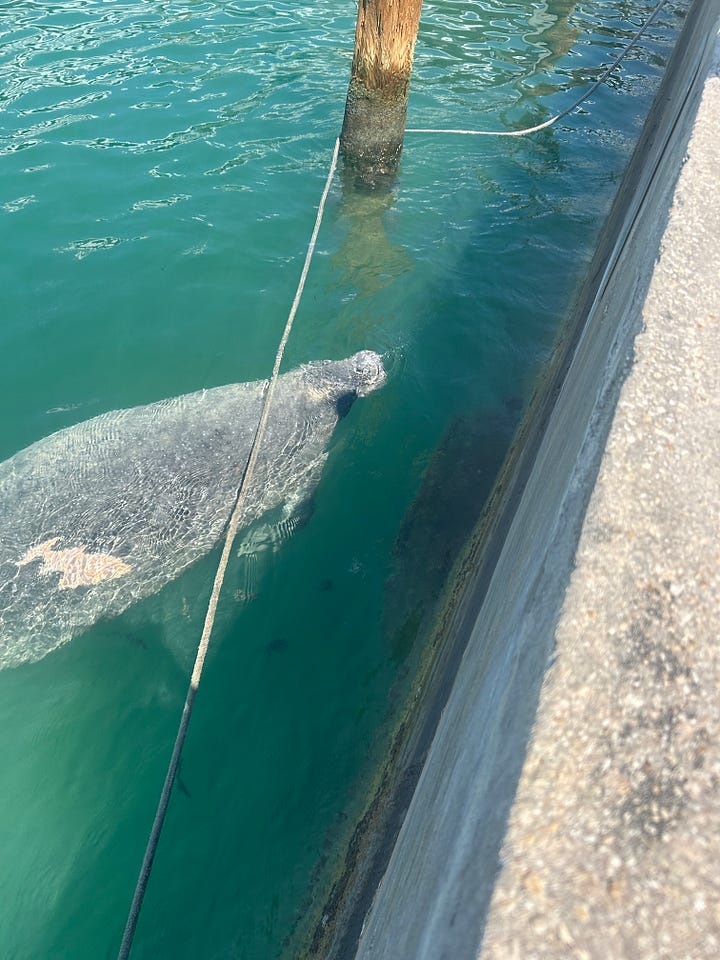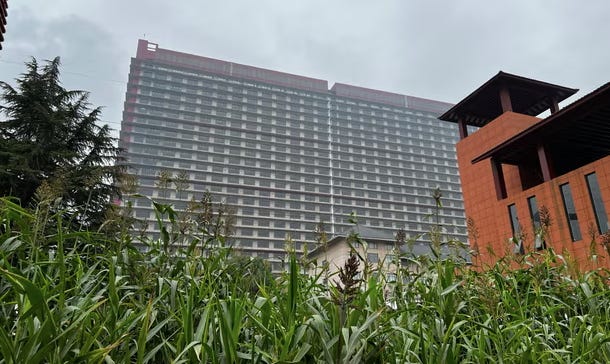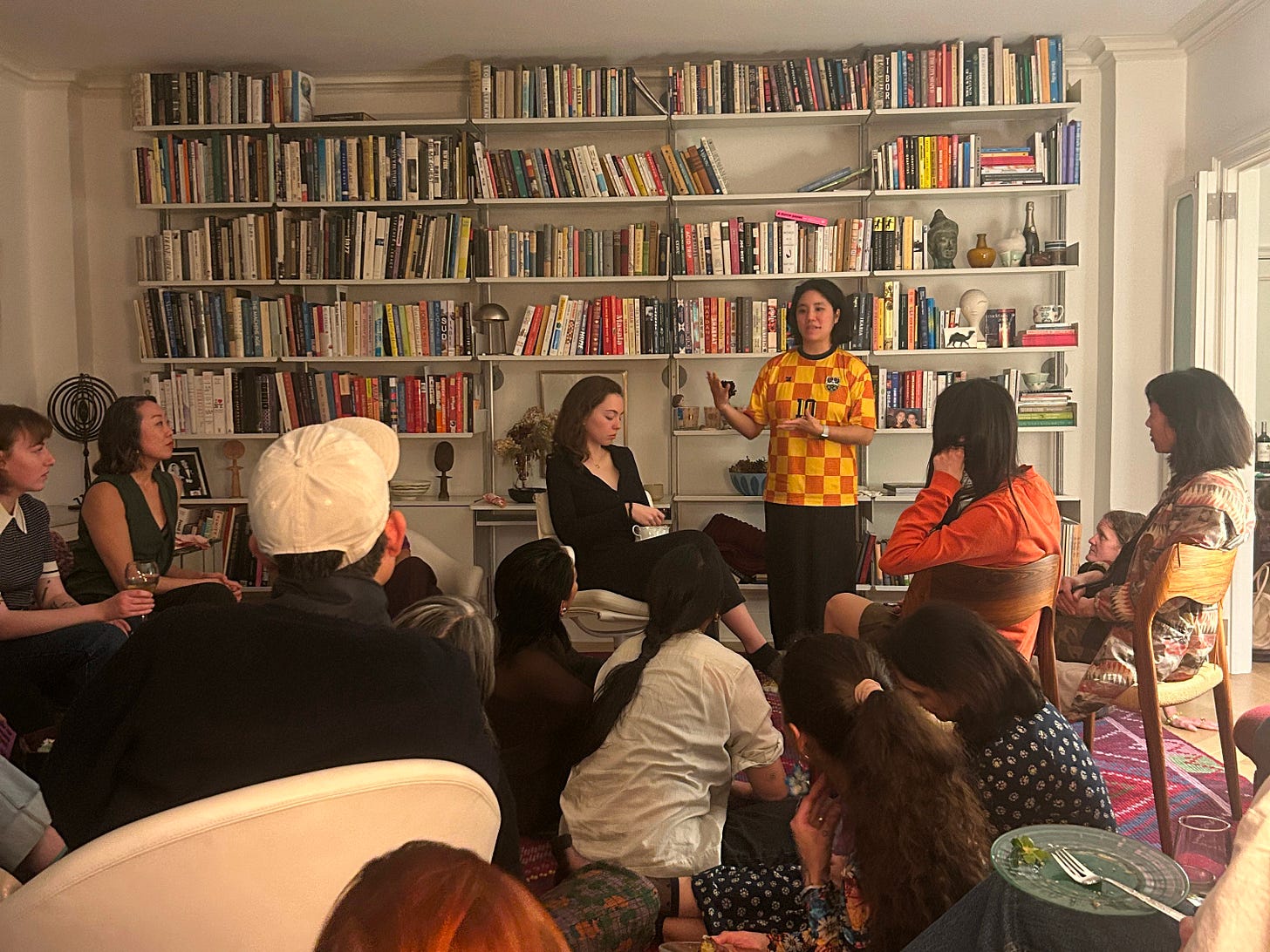I’m on vacation! Theo and I are visiting family in Key West and getting some sun. I wrote this essay in 2020 after I returned from a road trip across the country visiting farmers and was still wrapping my head around our food system.


Trying to understand the U.S. food system can be an uphill battle. Many diverse issues are often siloed, and it can be difficult to get a bird’s eye view of the farming and food system as a whole. Pulling together a variety of sources, what follows is a high-level look at what American farms actually produce, and it may look a lot different than you think.
Bottom line: A large portion of the crops America produces go into fueling our cars as corn becomes ethanol (which was mandated to make up 10% of our gas by Bush in 2005) and an even bigger portion goes to animal feed (which is mostly sent to China for its pigs to eat to feed China’s growing middle class.) This doesn’t exactly sound like a food system that can feed Americans today or into the future, especially in light of a terrifying statistic from the UN that due to population growth, food production will need to increase by 70% by 2050. This will prove quite challenging as land is a finite resource, and most is already in use.

So what does the U.S. actually grow?
According to USDA’s Economic Research Service (ERS) the predicted crop sales (aka what will be grown based on previous year’s data and projections) are as follows:
The total projected crop sales are $239.6 billion in 2025. Based on historical data, of the types of crops we grow in the US, over 50% is not really food we eat. These crops feed livestock (which we or other countries’ citizens ultimately eat), fuel our cars, or produce oils (high fructose, soybean, etc.) that go into our processed foods to be sweetened cheaply or preserved.
30% -Feed crops: corn, barley, oats, sorghum, and hay - NOT FOOD
20% -Oil crops: soybeans, peanuts, and other oilseeds - NOT REALLY FOOD
16% -Fruits and nuts - FOOD
9% -Vegetables and melons - FOOD
6% -Food grains: wheat and rice - FOOD
4% -Cotton - NOT FOOD
15% -Other crops including tobacco, sugar, greenhouse, and nursery - BARELY FOOD
Aside from not predominantly growing food for human consumption on our farms, below are some additional facts worth noting about our food system:
The crops listed above make up about 16% of the arable land in the U.S. while an additional 29% is used as pasture for livestock.
The U.S. Government spends billions of dollars on crop insurance and subsidies yearly to help farmers grow low-value crops -predominantly soybean and corn. Paying farmers for more corn and soybeans regardless of demand has resulted in the monocropping system we have today, where there is incentive only to plant corn and/or soybeans irrespective of the damage done to the soil due to lack of diversity.
Poor soil health from monocropping and excessive tilling has killed critical microbes and released large amounts of carbon into the atmosphere. Fertilizers are now the only way to return nutrients to the soil, and pesticides are required to keep pests away. Scientific American has stated that if soil degradation continues at the current rate, there will be only 60 years of farming left.
According to the USDA, food waste accounts for 30–40 percent of the food supply in the U.S.
The Takeaways:
Government policies are keeping our food system the way it is. Don’t blame farmers; they are just trying to make a living.
We need to stop monocropping. There needs to be an incentive to diversify crops for the sake of the soil.
Eat less meat. This is an uphill battle. At the same time as Americans are eating less meat, U.S. farmers are exporting grain and soy to feed China’s livestock, and we can’t do much about this issue. Even if America’s farmers stopped growing corn and soy for export, Brazil and other countries would step right in to accommodate China’s growing appetite for meat.
Processed food is a major culprit in our backward system. Corporations have found ways to “add-value” aka manipulate and create frankenstein versions of corn and soy that make up our packaged/processed food industry, which is what is really feeding Americans and fueling our obesity epidemic, as well as contributing to growing rates of heart disease, diabetes, cancer, you name it. What would happen if these companies used real ingredients? Maybe the farmer could grow a grain that didn't have to be refined and stripped of its nutrients if the government subsidized a different grain instead of corn. Maybe companies could use actual sweeteners or sugars rather than the oils, syrups, and chemical flavorings if high fructose corn syrup wasn’t so cheap.
No matter what, we all have to eat, so let’s hope our land can continue to feed the nation for generations to come.
Gems of the Week ✨
I went to a potluck hosted by Dana Cowin and met so many amazing people, so they are my gems of the week.
LinYee Yuan of MOLD - LinYee Yuan was the co-host of the potluck and is the founder and editor of MOLD, a print and online magazine about designing the future of food that just completed their sixth and final issue. She now runs Field Meridians, an artist collective committed to creating tools for ecological resilience through social practice.
I met Lisa Cheng Smith, the founder of Yun Hai Shop, a Taiwanese Grocery Store in BK—the store sources directly from artisans, farms, and soy sauce breweries in Taiwan. Lisa also writes a newsletter,
.I met Chef Lana Lagomarsini of Lana Cooks, who will be in the upcoming Top Chef season. I will be watching and rooting for her!
BEM Books - I met co-founder Danielle Davenport, of BEM Books, an online store and pop-up dedicated to food literature of the African diaspora. Learn more about their story here.
Stephanie Lau - It’s always nice to put a face to a name and I’ve been seeing her wildly popular cookbook clubs for months! Follow her Substack,
, her latest piece - I tried 12 egg tarts in NYC Chinatown.
No Recipe This Week! ✨
But keep cooking!
We made Marry Me Beans on Friday, a recipe by Sarah Bond that was a HUGE hit.








Always love your informative, thought provoking, beautifully written and engaging posts, Danielle! Thank you!